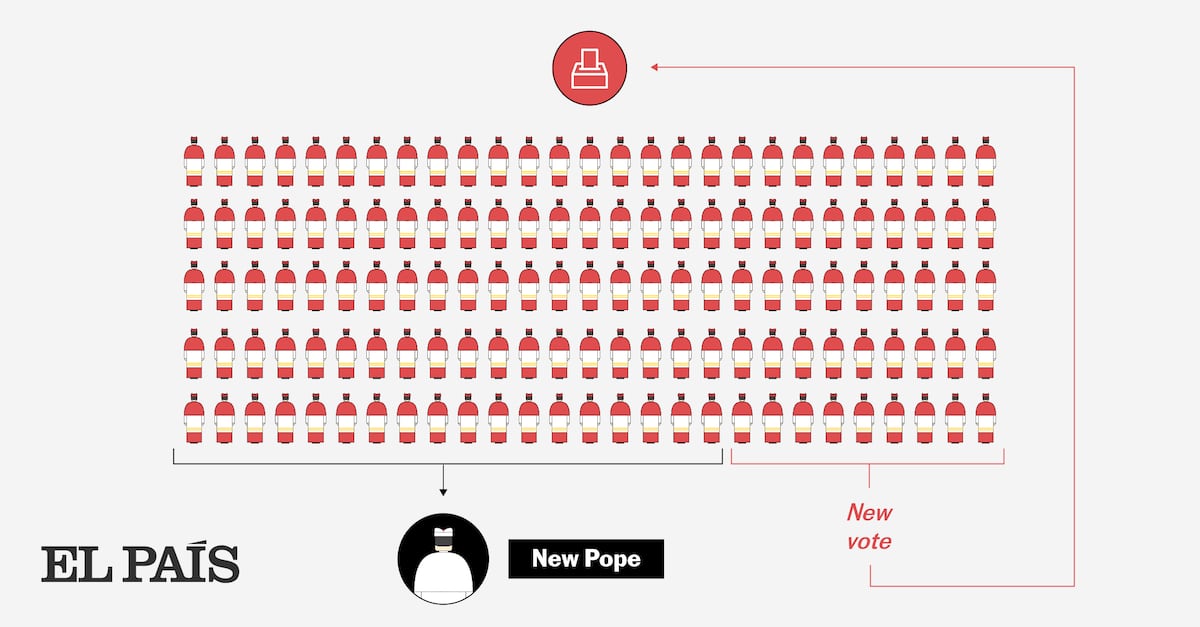
"Pope Francis's passing marks a significant transition for the Catholic Church, with a conclave set to select his successor following a well-defined voting process."
"With 135 cardinals gathering for the conclave, the election of the new pope involves a mixture of tradition and reform, ensuring inclusivity in representation."
"The conclave's process, keenly structured around smoke signals and a requirement for a two-thirds majority, reflects both tradition and adaptations from previous papacies."
"During Pope Francis's time, representation from African and Asian cardinals has greatly increased, which reshapes the Church's leadership landscape and enhances global diversity."
Pope Francis has passed away after serving as the head of the Catholic Church for 12 years. His body will lie in state at St. Peter's Basilica for three days before being interred in Rome's Basilica of St. Mary Major. A conclave of 135 cardinals will gather to select his successor, utilizing a secret voting process. The election, now influenced by reforms from previous popes, aims for a diverse representation, particularly from Africa and Asia, reflecting the changing dynamics within the Church's leadership.
Read at english.elpais.com
Unable to calculate read time
Collection
[
|
...
]